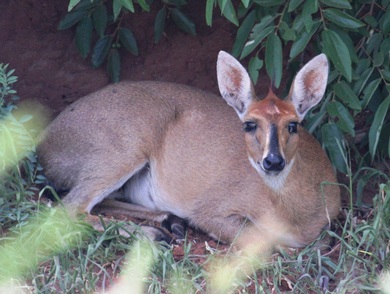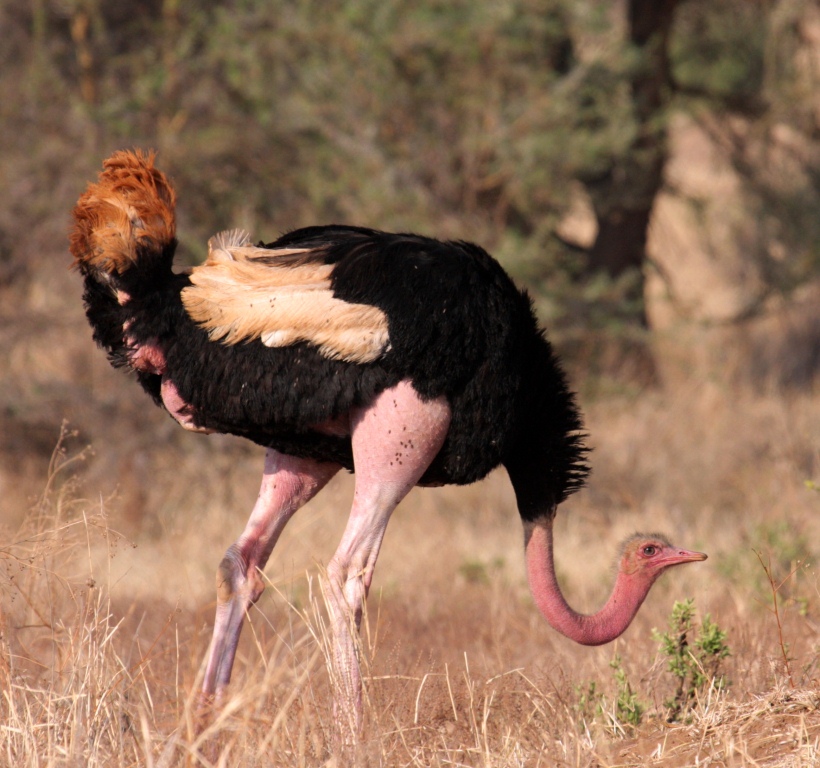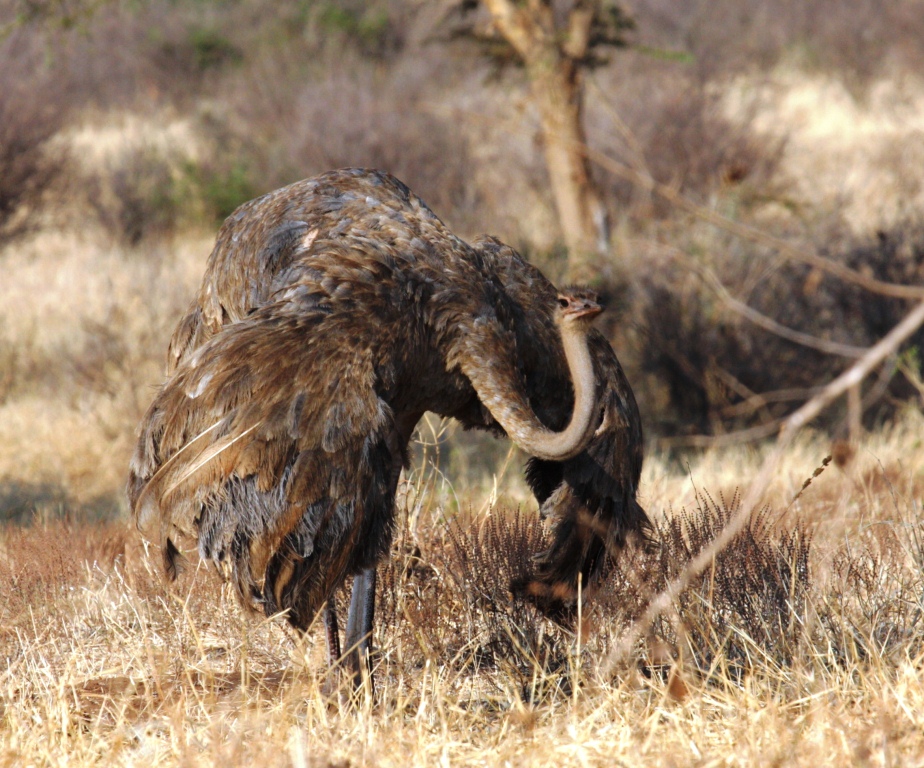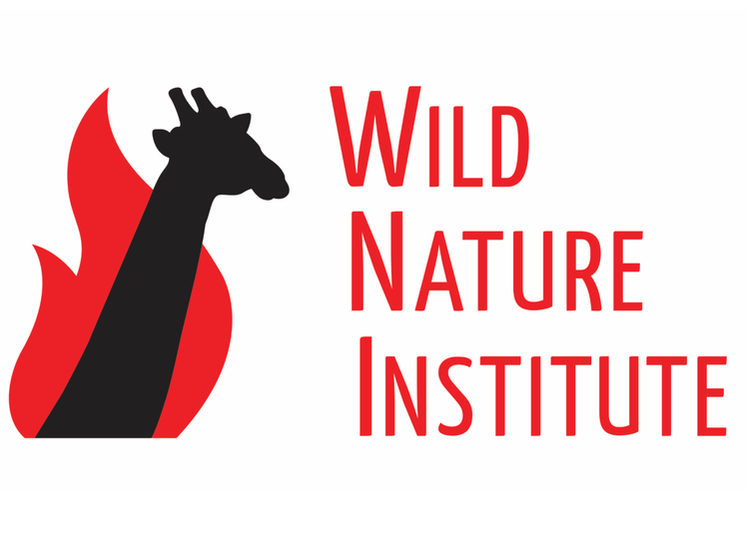|
The folks at Wild Lens made a new video about our Conservation Demography work with Maasai Giraffe! Check it out.
2 Comments
 During our recent survey, we detected an ungulate that we had not seen yet - a bush duiker, also known as a gray or common duiker. Virtually every African forest and woodland is occupied by at least one species of duiker. The bush duiker of the savanna is highly adaptable, able to survive in a variety of habitats and eating a broad array of food plants. This female was hidden in the bushes in Tarangire National Park, where they are seen very rarely. Our sighting of a bush duiker increases the number of ungulate species we are monitoring to 20! We are mid-way through our "short rains" survey for giraffe and other ungulates (hoofed mammals) in the Tarangire-Manyara-Natron ecosystem. Here are some photos from the past week of the amazing wildlife of this landscape. We are heading out to do another round of surveys for giraffe and other ungulates in the Tarangire-Manyara-Natron Ecosystem. These are some of our favorite photos from a 3-day trip we took to Tarangire and Lake Manyara national parks last week. We'll be checking in and sharing more photos and stories when we return from the field. Over the past 4 million years, geological rifting created nine volcanoes in the Ngorongoro Highlands of northern Tanzania. The world-famous Ngorongoro Crater was formed when one of the volcanoes - which originally may have been as high as Mount Kilimanjaro - exploded and collapsed on itself about two to three million years ago. This deep crater is purported to be the largest unflooded and unbroken caldera on the planet. One thing is for certain - the wildlife viewing within the stunning Ngorongoro Crater is nothing short of outstanding. The crater is home to an estimated 25,000 ungulates (hoofed mammals) which are readily seen grazing over the flat, grassy crater floor. These animals include western white-bearded wildebeests (genetically different from those in the Tarangire Ecosystem), Burchell's zebras, elands, Thomson's and Grant's gazelles, hartebeests, buffalos, warthogs, and a small population of critically endangered black rhinoceros. Of course, with that many ungulates, the density of predators is one of the highest in Africa. This makes for an exciting safari! We were fortunate to visit the Ngorongoro Crater this past week and are delighted to share with you some of the photos from our trip. Highlights included five black rhinos, a close encounter with a cheetah, and a rarely seen serval cat.  We start our month-long round of ungulate and giraffe surveys next week, so this weekend is the perfect time to replace the rear differential on the Land Cruiser we use as a field vehicle! Vehicle maintenance is a constant concern as we drive over 2000 kilometers during each survey on roads that are terrible, and also make many off-road trips each day into the thick bush searching for giraffe. Luckily, 'Namyak' our field work Land Cruiser is a work horse and only rarely requires big repairs like this. They are so big you almost forget they are actually birds. The ostrich (Struthio camelus) is the largest living bird on earth and lays the largest eggs (that would be one huge omelet). They graze on seeds, shrubs, grass, fruit, and flowers, and even hang out and travel together with other grazing animals like zebras or antelopes. This flightless feathered phenomenon can sprint up to speeds of about 70 km per hour (more than 40 miles per hour), enabling it to outrun all predators but the cheetah, and will deliver a powerful kick if threatened. During breeding season ostriches live in nomadic groups, with sometimes as many as 50 individuals. Males will fight for a harem of females, who then lay their eggs in a communal nest, but the male will only form a pair bond with the dominant hen. Males and females cooperate in rearing and defending the chicks. We spotted a female ostrich running away from our car, repeatedly tripping over herself and falling on the ground. We watched her for a while, worried she was injured, but they we noticed a male ostrich leading a large group of chicks swiftly away in the other direction! The female had tricked us with her ‘fake injury’ decoy strategy, bravely diverting our attention so her vulnerable babies could escape.
|
Science News and Updates From the Field from Wild Nature Institute.
All Photos on This Blog are Available as Frame-worthy Prints to Thank Our Generous Donors.
Email Us for Details of this Offer. Archives
July 2024
|
|
Mailing Address:
Wild Nature Institute PO Box 44 Weaverville, NC 28787 Phone: +1 415 763 0348 Email: [email protected] |
|



 RSS Feed
RSS Feed
